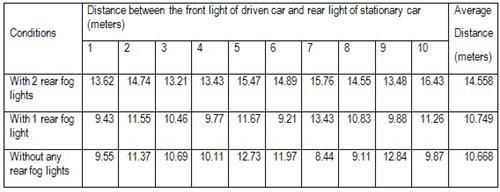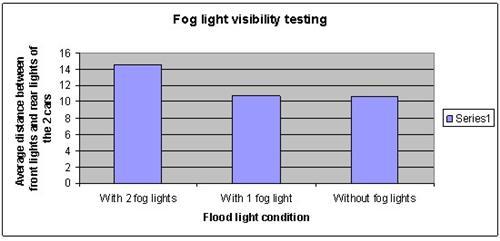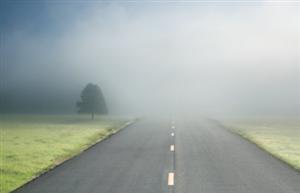| Complexity level: | 8 |
| Project cost ($): | 200 |
| Time required: | 1 hour to prepare, 1 day for experiment |
| Material availability: | 4 cars, 3 of which are of a similar make and model are required. Fog machines will need to be leased for the purposes of this experiment |
| Safety concerns: | Be careful to avoid any accidents. Always have someone on standby to alert the drivers, to prevent them from colliding into the stationery cars |
Hypothesis
Overview
Scientific Terms
Materials
Procedure


Results
Conclusion
Also consider
References
Related videos
Hey there! Here are some awesome videos about this science project that we think you'll really like. They're not only super fun, but they'll also help you learn more about the science behind the project. So sit back, relax, and get ready to have some fun!!



